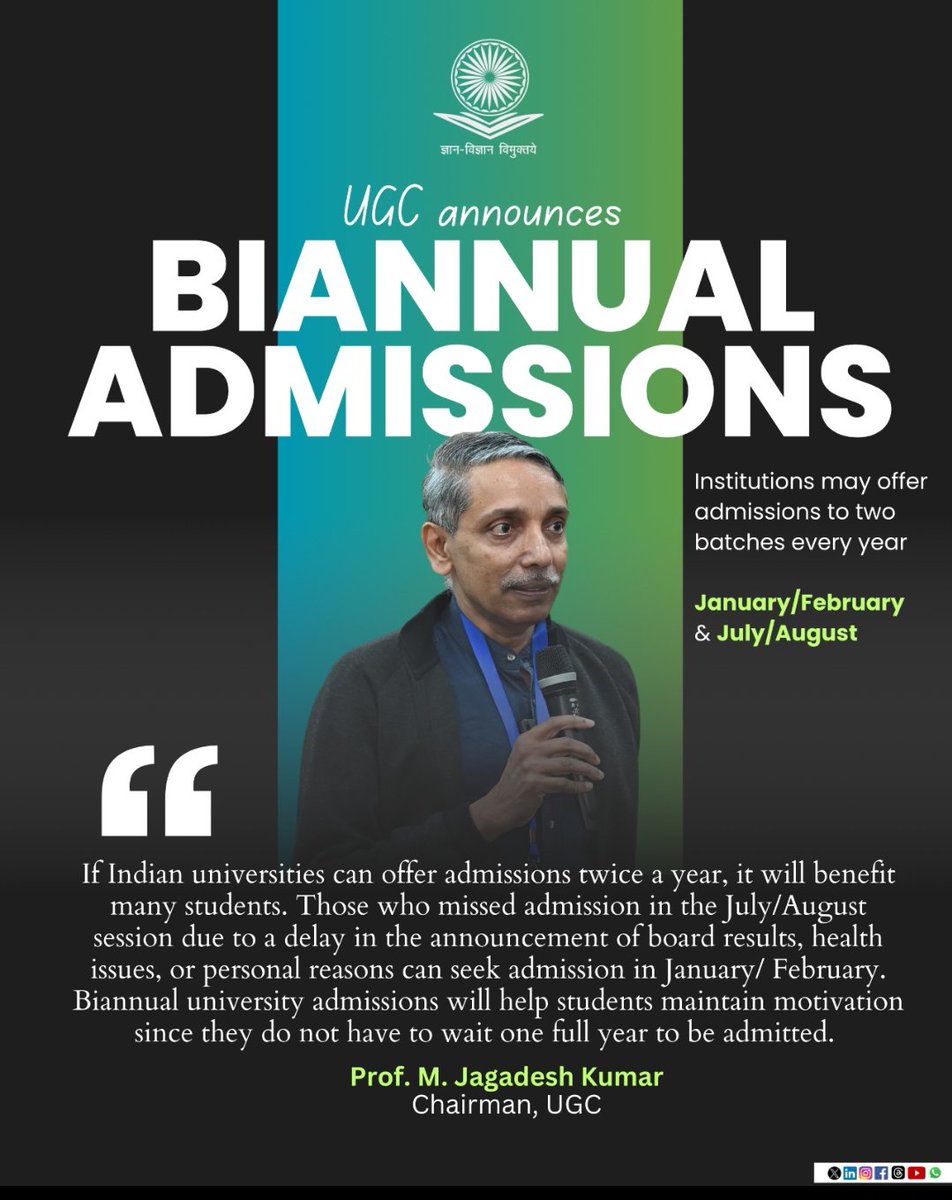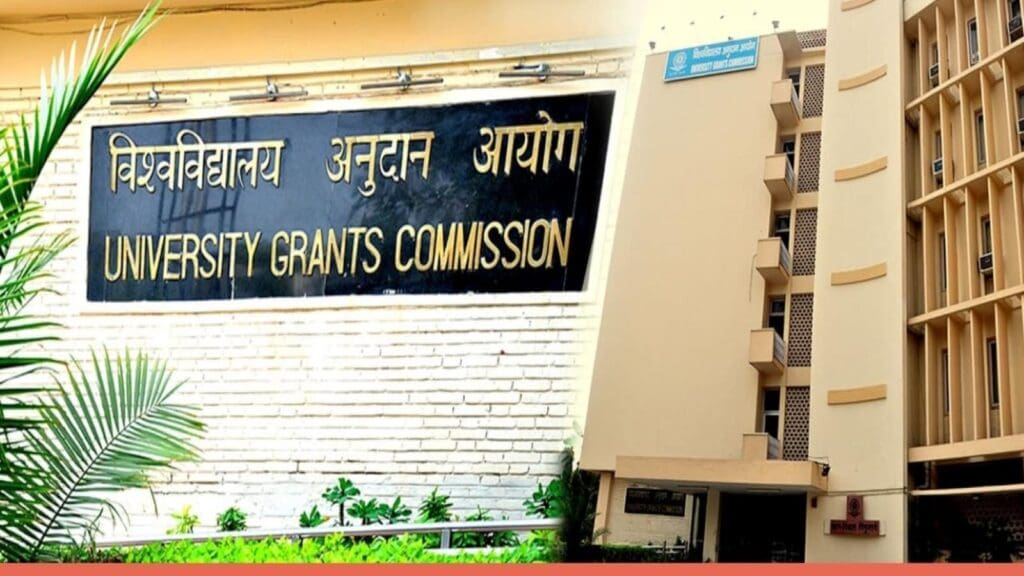In addition to an infrastructure update, the transition to a biannual admissions procedure necessitates a number of administrative and faculty readjustments. Given that it’s an optional feature, most colleges will probably take a wait-and-see stance for the time being.
M Jagadesh Kumar, the head of the UGC, hopes that the scepticism would pass quickly. His claim that the decision will provide students and institutions more flexibility has some validity. Similar to most international universities, admissions to Indian universities are now available from January to February in addition to July to August.

Source: X
According to the UGC chairwoman, students who were not admitted because of personal reasons, health problems, or delays in the notification of board results will benefit from the policy. He asserts that the education regulator’s trial of offering online and distance learning programs with biannual admissions has facilitated the enrollment of approximately five lakh students in degree programs without requiring them to wait a full academic year.
That’s admirable, although what may be practical for on-campus learning may not always translate to online or remote learning programs.Although it is advisable to be open-minded about the new strategy, concerns about its possible effects on educational quality cannot be disregarded.
Source: University Grants Commission, India
Encouraging twice as many kids to enrol without guaranteeing an equal number of skilled teachers can lead to chaos. The best approach seems to be to implement in phases, giving yourself plenty of room to make adjustments along the way. The UGC will need to make sure that the admissions process isn’t abused as a means of collecting money as it pushes for biannual admissions. There cannot be a loss for the pupils.
What do you think about this? Comment below.

